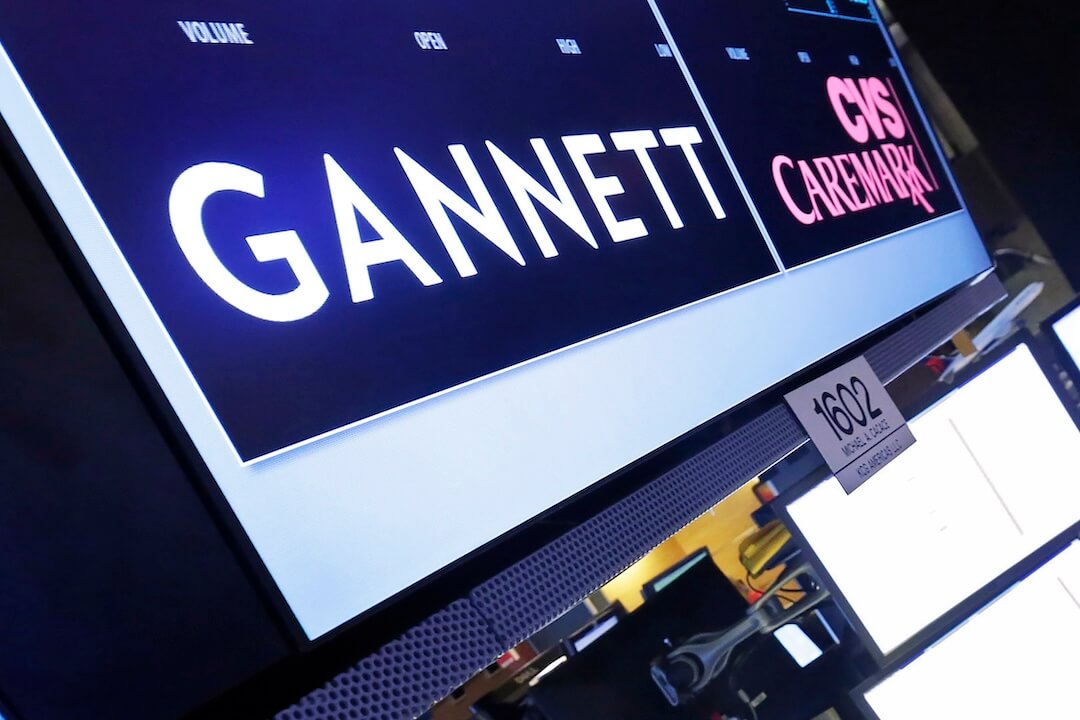Hundreds of technology workers at The New York Times launched a half-day work stoppage Wednesday in protest of what they say are union-busting tactics from the company’s management.
The workers are part of the New York Times Tech Guild, a roughly 600-person unit that first went public with its union drive in April. Since then, the union has clashed repeatedly with the paper. They have filed at least three unfair labor practice charges — two of which are still open — with the National Labor Relations Board, alleging that the company violated federal labor law.
“However frustrating it is to be dealing with management’s somewhat bad-faith arguments and moving goalposts in trying to form a union — that’s one thing. It’s another thing to engage in unfair labor practices,” said organizing committee member Nozlee Samadzadeh. “We really, at this point, feel like we have no choice but to garner our collective power in order to make a statement about how this isn’t okay.”
In the unfair labor practice charges, the union alleges the company violated a law that prevents employers from coercing workers and interfering with their right to unionize. The New York Times denies these allegations.
The walkout comes just days after The New York Times insisted that the proposed union only include software engineers, a move that would exclude over 230 workers including data analysts, project managers, product managers, designers and assistants. This decision is based on the paper’s “understanding of how our product development teams work,” New York Times spokesperson Danielle Rhoades Ha told Poynter.
“It’s disappointing that the union is more focused on attention-seeking tactics than in having constructive dialogue with the company over the critical issue of who is eligible for the proposed bargaining unit — a standard part of the NLRB election process,” Rhoades Ha wrote in an emailed statement.
Samadzadeh, who is a senior software engineer, said management’s argument for excluding other workers contradicts company messaging about the importance of “cross-functional collaboration.”
“My job would be impossible without all these other functions,” she said. “It’s absurd to think of leaving behind so many of my colleagues.”
The fight to unionize tech workers at The New York Times has attracted significant attention in part because the drive is historic. If the workers are successful, the Times Tech Guild will be the largest union representing tech workers in the United States. Though news organizations have been unionizing at a rapid clip in recent years, workers in the tech sector are just starting to organize.
The conflict is also notable in that it’s playing out at a paper that has supported voluntary recognizing unions both in practice and in its editorial pages. In 2019, staff at Wirecutter, a product review site that the Times purchased in 2016, announced they were unionizing and received voluntary recognition just three months later.
More than 1,300 workers in editorial and other departments are already represented by The New York Times Guild, which has existed since 1940.
Both the Wirecutter Union and The New York Times Guild are currently locked in contract negotiations. The Wirecutter unit held a lunchtime walkout Monday in protest of a company wage proposal they say is insufficient.
But the paper has refused to voluntarily recognize the tech workers’ union. Rhoades Ha told Poynter this is because the company has heard “a significant amount of reservations and uncertainty” about unionizing from workers on its technology and digital teams.
“This indicates to us that our colleagues want more information in order to determine the best path for their future and want the opportunity to have a vote on the matter, rather than the company making the decision to recognize the proposed new unit,” she wrote.
Last month, the tech workers tried to petition management to allow them to vote for a union through an online election held by the American Arbitration Association. Roughly 70% of members signed the petition, but the company also denied that request.
Now, workers will have to go through the more time-consuming NLRB election process to obtain union representation.
Samadzadeh said she hopes the walkout will make the company realize that the union is committed to improving everyone’s working conditions, not just those of engineers.
“Unions aren’t perfect, but they’re a tool that we have. It’s the only legal way to have actual power in the workplace,” she said. “We’d love to have a say in our health care. We’d love to have a say in diversity in the workplace. And this is the tool we have.”
Updated Aug. 11, 2021







